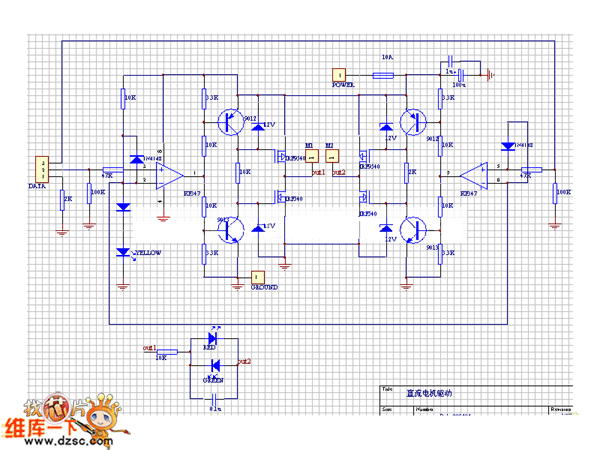

It has some very special sound characteristics. I have used this tube in line stages or simply as buffer stage. The datasheet reveals some very linear plate curves as is typical for directly heated triodes: He wrote a very true statement: 'In a sane world there would be more tubes like the UX201A'. Eric Barbour once wrote an interesting article in the Glass Audio Magazine about the use of the UX201A in line stages. But used in the right way this tube can produce some very detailed and marvellous sounds. With it's low transconductance of a measly 800 micromhos combined with a low amplification factor of 8 it seems rather useless in tube audio circuits nowadays since there are plenty of more modern tubes available which have much more interesting technical properties. See the datasheet for all technical parameters. The UX201A was used as detector and amplifier tube in radio sets. It has a thoriated tungsten filamentary cathode which runs at 5V and 250mA. The UX201A differs from it's predecessors in the base. The latter was replaced by the UX201A in 1925. The UX201A was among the very first tubes which got marketed by RCA. The cold end of the secondary of the output transformer is connected to ground through a 1M resistor to avoid any possible static charge build up in case the output is unconnected. The 100k resistor in the circuit serves as grid to ground resistor to ensure the grid always has a defined potential. The B+ which is fed to the circuit needs to be somewhat higher to allow for bias voltage and the drop within the choke. In this circuit the plate voltage of the tube is about 125V.

Luckily the UX201A runs at low plate voltages of 135V max. It has to deliver 500mA for a stereo unit. Also the power supply needs to be quite substantial. This requires a massive resistor on a heat sink. The 500 Ohm resistor dissipates about 30W.
#Plate resistor signal path free#
Nothing is free however and this approach has a big disadvantage. Since the UX201A only requires 250mA filament current, this is doable in this way. It derives the filament voltage for the UX201A from the B+. This 500 Ohm resistor serves another purpose at the same time. It also sounds very direct, removing the last capacitor from the circuit and thus revealing the tube sound in full. I coined the name 'DirectPath' for this circuit since it DC couples the B+ side of the transformer primary to the filament. 500 Ohm is quite small compared to the plate resistance of the tube to which it is basically connected in series. In case of the circuit above this capacitor is replaced by a resistor, the 500 Ohm resistor from B+ to the filament. In case of a transformer coupled stage this is the capacitor from B+ to ground (or B+ to cathode in case of the ultra path connection). So small compared to the plate resistance of the tube that it can be neglected and does not need a bypass capacitor.īut the usual filament circuit still has a capacitor in the signal path on the B+ side. It pulls the entire filament current through a resistor to ground which thus becomes very small in value (22 Ohm in this case). Filament bias effectively removes the need of a cathode bypass capacitor which would be in the signal path. To achieve this the circuit uses an enhanced version of filament bias. There is also no hidden one in the power supply since that is decoupled through a choke from the circuit. As you might have noticed this circuit has no capacitor in the signal path at all.


 0 kommentar(er)
0 kommentar(er)
